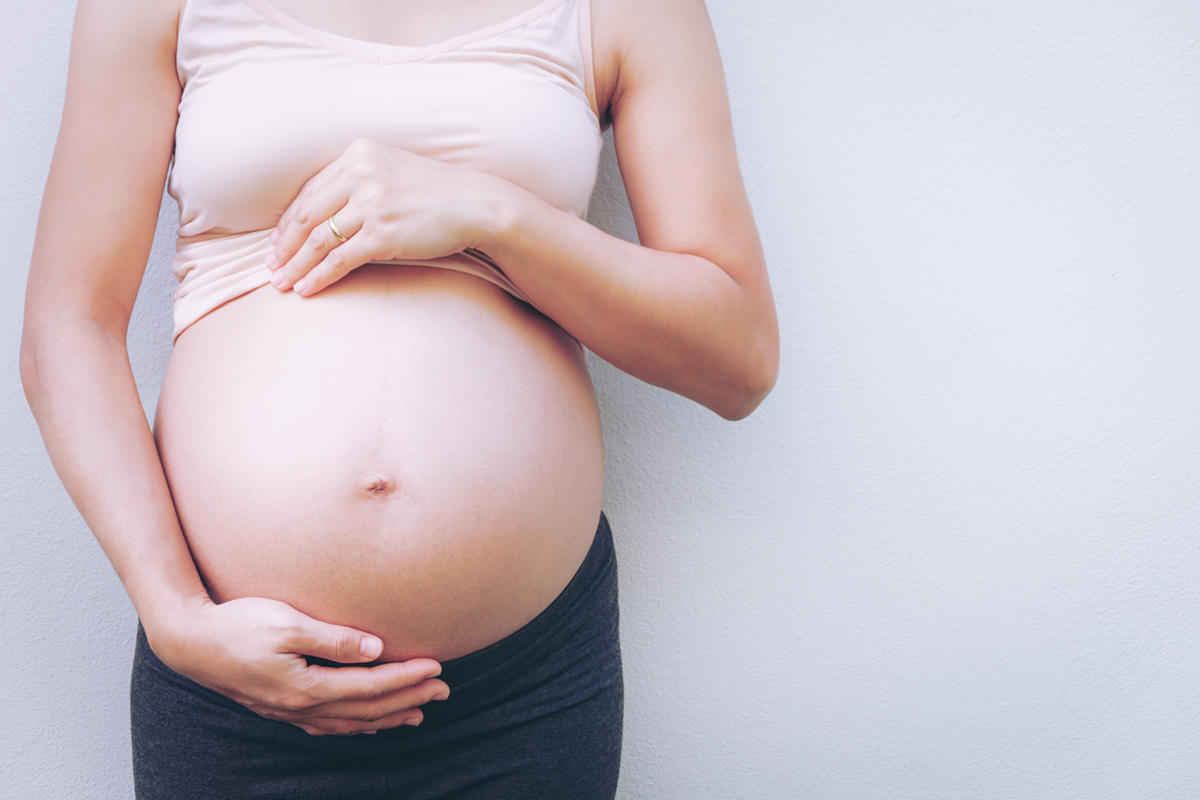Table of Contents
Morning sickness is a condition for which there are useful home remedies. The old recommendation just to drink a glass of ginger ale (with or without sugar) turns out to have a good scientific foundation. So is the advice pregnant women are likely to get from the purveyors of nutritional supplements, to take ginger capsules and vitamin B6. Ginger capsules, clinical trials tell us, prevent vomiting (but not nausea), and vitamin B6 prevents nausea (but not vomiting).

Women who have run of the mill morning sickness will also be advised to eat small meals more frequently, to drink fluids to stay hydrated, to load up on carbohydrates, especially crackers, and to avoid strong tastes and smells.
Even the hint of potentially harmful foods laden with pepper or spices may be enough for the brain to send signals to the digestive tract that cause nausea and vomiting in pregnancy, so women who have morning sickness need to stay out of the kitchen.
But for women who need hyperemesis gravidarum treatment, home remedies are never enough.
Hyperemesis Gravidarum Usually Requires Medical Intervention
At some point during pregnancy, women who have full-blown hyperemesis gravidarum are likely to need to be admitted to the hospital. They may need intravenous (IV) fluids to fight dehydration. They may suffer low potassium levels that can only be relieved by IV. They may even need parenteral nutrition, getting their nutrients through an IV.
For reasons researchers simply do not understand, the women who are most likely to need in-hospital treatment are also those women who can get it most easily. Women in executive positions, such as the Princess, women with home and work responsibilities, and women of higher socioeconomic status for some reason get objectively sicker. But women with limited resources undergoing financial stress who develop the condition are far more likely to lose their babies or to die.
Women who can't hold food down may have to receive parenteral (intravenous) nutrition in lieu of food. And a variety of medications to fight nausea and vomiting, in addition to ginger and vitamin B6, are usually essential to bring the worst symptoms of the condition back under control.
Fortunately, Hyperemesis Gravidarum Is Almost Always Treatable
The good news about hyperemesis gravidarum is that it is usually treatable. Once a common killer of mothers and unborns alike, nowadays this complication of pregnancy is almost always successfully treated. Up to 100,000 women every year in the US and UK alone suffer hyperemesis gravidarum, but almost all are able to bring their babies to term.
The important thing to remember is that early intervention is key. Just as Princess Kate sought in-hospital medical care even before her pregnancy was announced, every other keenly awaited birth deserves the best of care at the earlier possible time.
- Lacroix R, Eason E, Melzack R. Nausea and vomiting during pregnancy: A prospective study of its frequency, intensity, and patterns of change. Am J Obstet Gynecol. Apr 2000. 182(4):931-7
- NS, Li CY, Rogers MS. Are thyroid hormones or hCG responsible for hyperemesis gravidarum? A matched paired study in pregnant Chinese women. Acta Obstet Gynecol Scand. Jun 2001. 80(6):519-24.
- Photo courtesy of Tom Soper on Flickr: www.flickr.com/photos/tomsoperphotography/7984330818
- Photo courtesy of tvanardenne on Flickr: www.flickr.com/photos/tvanardenne/5777731993/

